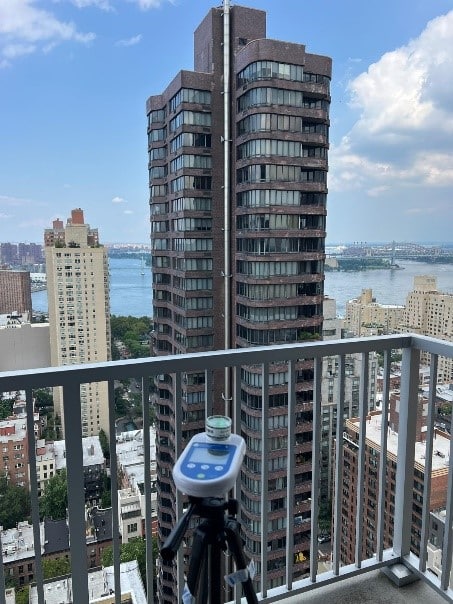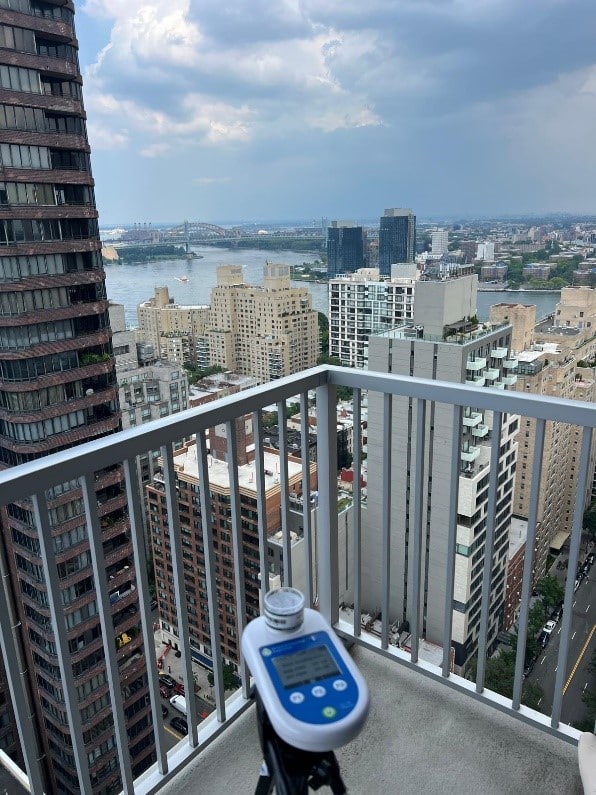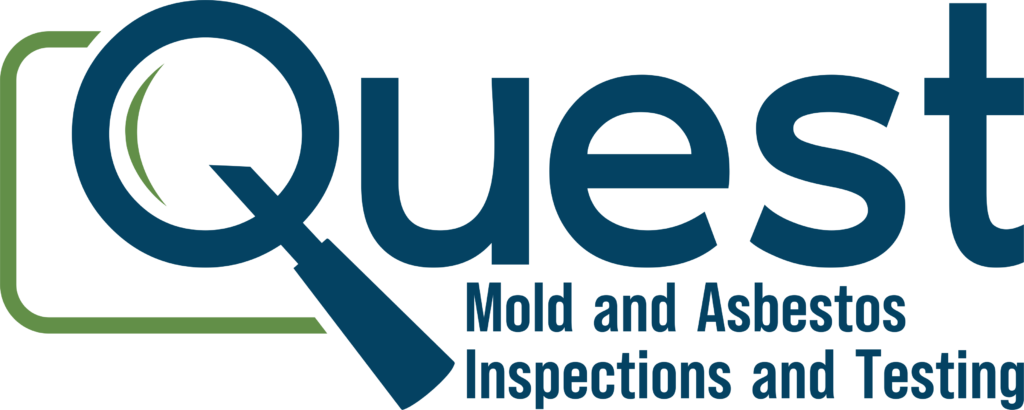In Manhattan, mold is quite common because of the number of people, high humidity climate, and the buildings are aging. This creates the perfect opportunity for mold to grow and reproduce quickly. This article points out the main causes, harsh impact, and solutions for these mold issues. Being informed is the best way to take the initiative.
The Causes of Mold in Manhattan
- Humidity and Climate:
Manhattan has a humid climate. Since mold needs moisture Manhattan’s climate creates ideal circumstances. Also, improper heating in the colder months can cause condensation which can lead to mold growth.
- Aging Buildings:
Most buildings that are in Manhattan are incredibly old and have outdated and poorly maintained systems including leaking roofs, old plumbing, and bad airflow. All of these are factors in the presence of mold in Manhattan.
- High Population Density:
Manhattan also has a high population, and the buildings are densely packed; one mold problem can quickly affect many units.

These are not all the causes of mold. This article highlights the main causes in this area.
Common Types of Molds Found in Manhattan
Aspergillus:
- Most common in damp environments.
- Thrives on many surfaces including wood and drywall.
- Can cause respiratory problems and allergic reactions.
Stachybotrys Chartarum:
- Commonly known as black mold.
- Usually a black or greenish-black color.
- Often found in water damaged buildings.
- Produces mycotoxins that are harmful if they are inhaled or ingested.
Penicillium:
- Commonly found in water damage.
- Can cause respiratory problems and allergies.
- Can be seen as a blue or green color.
- Can grow on a variety of surfaces.
These are not all types of molds. This article covers the species that are most prominent in the area.
Mold Signs in Your Residence
When trying to find out if mold is in your home, look for odd colors on walls, ceilings, or floors. Any stains from leaks or paint that have started peeling are signs of water damage and can be a sign of potential mold growth. Check around windows, under sinks, and around any source of moisture for water damage. Mold is not just one color. It can appear as many assorted colors including black, green, white, blue, etc. Another sign of mold growth is a persistent musty smell that does not go away. The smell usually comes from mold that grows in spaces that are not easily accessible such as behind walls, under floors, and in the ceiling.
Health Issues from Mold
- Mold exposure can cause coughing, wheezing, and irritation of the throat.
- People with asthma or other respiratory problems may experience worse symptoms.
- Mold can cause allergic reactions. This can include symptoms of sneezing, runny nose, and itchy eyes.
- Those that have mold allergies may experience more severe symptoms.
- Some mold species are harmful if they are inhaled or ingested. Long term exposure to these molds can lead to chronic health problems.
- Everyone can have different symptoms or reactions to mold. Some may not experience any symptoms at all.
Preventing & Addressing Mold in Manhattan
Ensure that your buildings plumbing, roofing, and ventilation systems have regularly scheduled maintenance. Address all water leaks and water damage quickly. Using dehumidifiers to improve the airflow in areas that have high moisture. Getting exhaust fans installed can also help with the humidity levels. If you think you have a mold problem, you should hire a certified mold inspector. They can identify mold and recommend remediation processes to get you and your home back on track.
Local Regulations & Resources
New York City Housing Maintenance Code: Requirement for landlords to oversee mold problems and keep safe living conditions for their tenants. Tenants can also report mold issues to the Department of Housing Preservation and Development (HPD).
NYC Department of Health: The NYC Department of Health has resources for dealing with mold and maintaining good air quality inside.

Conclusion
While mold is a prominent issue in Manhattan, with maintenance and acting quickly to water damage or leaks, it can be taken care of quickly and efficiently. Understanding what causes mold, signs, and health impacts is crucial. Also knowing how to prevent and address mold helps you keep your environment safe and healthy. If you suspect you have a mold issue do not hesitate to contact Quest Mold & Asbestos Testing & Inspection at (917)-277-7580.

